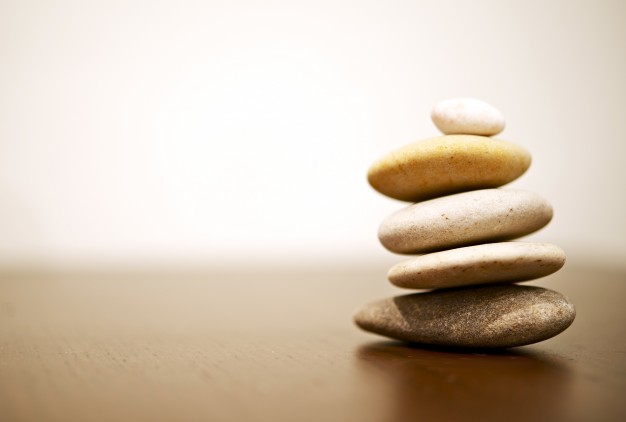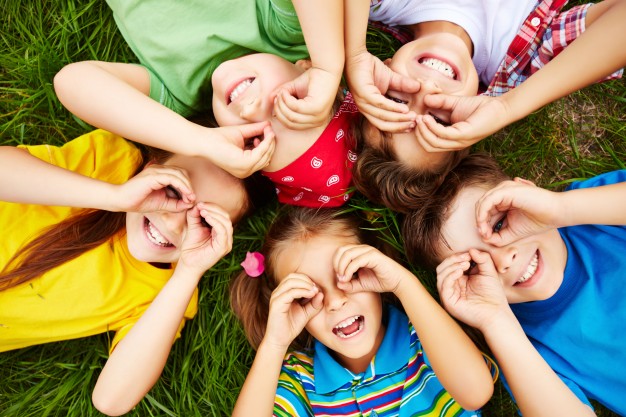One of the auspicious attributes of instabilities or chaos is that it provides opportunity. A myriad of opportunities, in fact. Strategies and methodologies for fixing things and restoring harmony becomes explored. In turn, creativity becomes essential. Leaving an essence surrounding one’s ability to recognize that we do not always find solutions through traditional measures, but through ones of the creative type. That is especially true for high energy and unusual situations, which requires innovation. In turn, we are forced to go beyond what we are used to seeing in our lens of problem solving.
In the realm of education, the classroom is no different. When it comes to classroom management and behavioral strategies, in the Pre-K and Kindergarten stages, creativity in stability and harmony in the classroom is a must. Attuning students at this very age group provides different kinds of methodologies and systems, for exploration. Again, centering students to the natural element of Earth’s forces creates a nourishing attribute in the classroom. Utilizing and mimicking the natural elements of the Earth allows educators to align students (at this particular age) with other forms of movement. Movement with a purpose, and movement that is focused on creative play. Of course, there are the natural movement patterns for students of the Pre-K and Kindergarten stages, of running free and wild. Directing oneself and continuing on a path of immersion of whatever forces young children have aligned themselves with. We often observe such on the playground-during breaktime-or during those free time ventures in the classroom. Nevertheless, they are part of that journey, for children’s exploration of space and time; especially, at the Kindergarten and Pre-kindergarten stages.
One of the significant attributes of the Circle, is that it subconsciously teaches students movement, even within the context of stillness. The power of the circle and how it truly is the strongest shape because there is balance at every point. Every point is connected with another. Getting students to move in the way of the Circle, of learning to achieve balance and harmony with another is one way of creating fluidity in the classroom. Fluidity, harmony, and balance in the classroom takes time; especially, when students have experienced periods of disharmony (i.e. not having a steady routine, having different teachers at different periods of time, and so forth). Trust from students, respect of classroom spaces by visitors, fellow teachers and staff, all contributes to students’ ability to connect with this energy. One of the benefits of establishing fluidity in the classroom is that it cuts down on accidents. This proves especially true for smaller classrooms, where students may not have as much freedom to roam. Therefore, by bringing in exercises, which imitates Earth’s natural forces, one subconsciously expands the spacing. In the minds of children, the spacing gets larger, and becomes freer; simply because students are experiencing energies, which comes from nature. Of course, nature is vast! Its abundant. A trick of the mind, where smaller classroom spaces become larger.

Therefore, the use of sounds in the classroom (a myriad of pitches, tones, timbers, and others), all exposes children to the patterns of nature. It is effective. Getting students to repeat these sounds, automatically places them in the natural world. Using these sounds, consistently, (and throughout the course of the lessons) aligns students with the teacher. In turn, this allows for the better performance of classroom management. Managing without having to create rules, which high energy students simply view as hardened barriers, to be broken. Again, that’s for another writing piece. Nevertheless, it is very effective, especially when students are encouraged to participate, and be nourished, within these energies. Parental support and understanding of such techniques are very important, as well. Classroom fluidity is nourishing and holistic for the K-G and Pre-K stages. In this regard, students don’t just move for the sake of moving. Rather, there is a purpose. In addition, students at this age, students explore their movements in sync with others, and one that is based on care of another. Still experiencing freedom, but one that is not reckless and oblivious to the care of other movement patterns. Its wonderous! Again, reducing accidents in the classroom. Movie with freedom, purpose, and fun.
In reverting back to the Circle, one must re-iterate the significance for students at the Pre-K and K-G stages to understand such. Subconsciously connecting to this. During classroom time, students can immerse in the Circle in one of many ways. We have the obvious presentation, and the subliminal. The obvious clearly focuses on students sitting in the Circle, holding hands in the Circle, or moving in the way of the Circle. Then, of course, there is the sublime. There are plenty of exercises, which highlights that. However, one previously mentioned is that of sound. Other mechanisms of performing and moving in the way of the Circle, relate to particular exercises and activities of creativity. Again, for another topic.

One of the beauties of instilling fluidity and natural elements within the classroom is seeing the gradual transformations of students and how they begin to manage themselves. Still enjoying the freedoms and joy of the classroom. Yet, doing it in a way where it is more aligned with the Earthly movement of direction. However, before seeing the fruits of such labor, an educator must engage in the grunt work of weeding out and bringing harmony in the classroom. This is especially true for high-energy and out of the ordinary students. Those students who highlight diversity within the context of childhood genius. Furthermore, it is important to analyze and understand the impact of imbalance, and what that does to a child’s psyche. The missing of a stable figure head, and so forth, creates a particular dynamic, where movement in the classroom becomes synonymous with destruction; moreso than creativity. Its another aspect to think about.

Movement into the natural world, while restoring order and balance in the classroom, is a gradual process. In a sense, there are different layers to aspire to. After one layer, there is another to be revealed, and journeyed through. Educators can gradually observe these changes (and the time it takes for such changes) based on work and artistic presentations in the classroom. One witnesses these improvements, overtime. They are the visual testaments to students having moved in the way of nature, and of the Circle. Because in moving in the way of the Circle, there is healing, an educational cleansing, and the softening of mental barriers. When we bring the Circle into the arena of classroom management, there is another lens, that we are exposed to. Yes, it requires certain grunt work. Going into a hardened territory, and slowly making it a softer space. Initially, it is not enjoyable. Nevertheless, that’s part of the journey. Going into the instabilities in order to balance it out. And, at the end of it all, there is an awakening. Not only for the students, but also for the educator. A new harmony has begun and this time, the management has brought in a more elegant, caring, and nurturing attribute. For the student and teacher, alike. Until next time, for a more fluid and circular way of being, seeing, moving, and thinking. A perfect cultivation! All beginning at the moment of our childhood.




